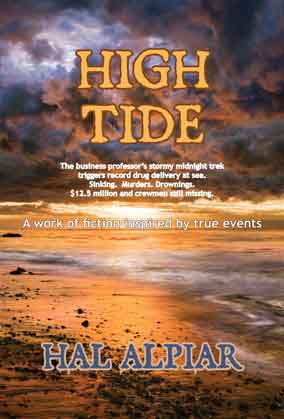Nov 08 2012
WRITING YOUR BOOK
WRITING YOUR BOOK
It’s just not the same as editing, designing
formatting and publishing, distributing,
branding, promoting, legalizing, and
marketing your book… or selling it!
READ BEFORE YOU LEAP, YOU 81%!
Why am I telling you this? What makes this relevant to small business? HA! 81% of all Americans think they “have a book in them” according to a New York Times survey report . . . uh, that’s like over 200 million people in the U.S. who want to write a book — more than total viewers of the most-watched-in-history 2012 London Olympic games!
WOW! That sounds like a sizable market right? And an awful lot of new books on the horizon, right? Wrong! How could that be? Well, first off– like the old days when TV first came out, and everyone watched it with the same passion we now relegate to smart phones, all humans thought they could write TV commercials because they watched them!
In other words, if you don’t read, you can’t write. According to industry findings reported at www.SelfPublishingResources.com, the average book buyer reportedly never reads more than the first 18 pages of a book she or he has purchased!!! If you don’t read complete books, you can’t write books worth reading. And if your first 18 pages don’t shake the walls loose . . .
Second: WRITING your book is the easy part!
And even if you DO write a book worth reading, you’d better have a lot of money and/or considerable professional expertise with editing, designing, formatting, publishing, distributing, branding, promoting, marketing, contract law, and sales. Even IF you can manage getting a big-time agent, publishing house, and publicist, the buck still stops with you! Even if.
Discouraging? Absolutely. My best guess is that 80 of the 81% will fall by the wayside trying to effectively manage the tasks noted in the paragraph above. That’s a big pile of dead book efforts! Ah, but now there’s CROWD SOURCING to the rescue!
Go to this site now for an example of how to make your book work once it’s written. Oh, yes, and it’s only a couple of hundred dollars to create! IT’S THE NEW WAY TO SELL BOOKS. IT”S THE WAY ALL FUTURE BOOKS WILL BE SOLD!
# # #
FREE blog subscription Posts RSS Feed
Open Minds Open Doors
Make today a GREAT day for someone!


